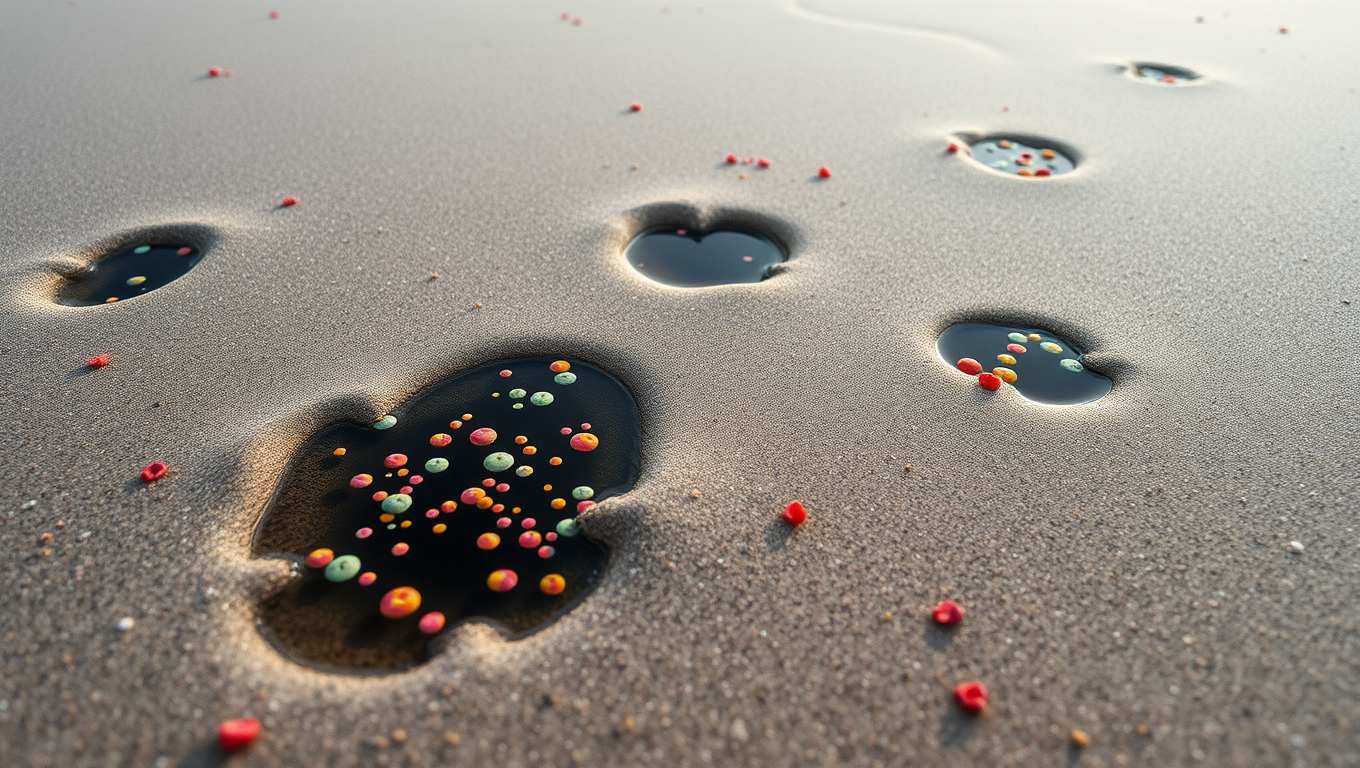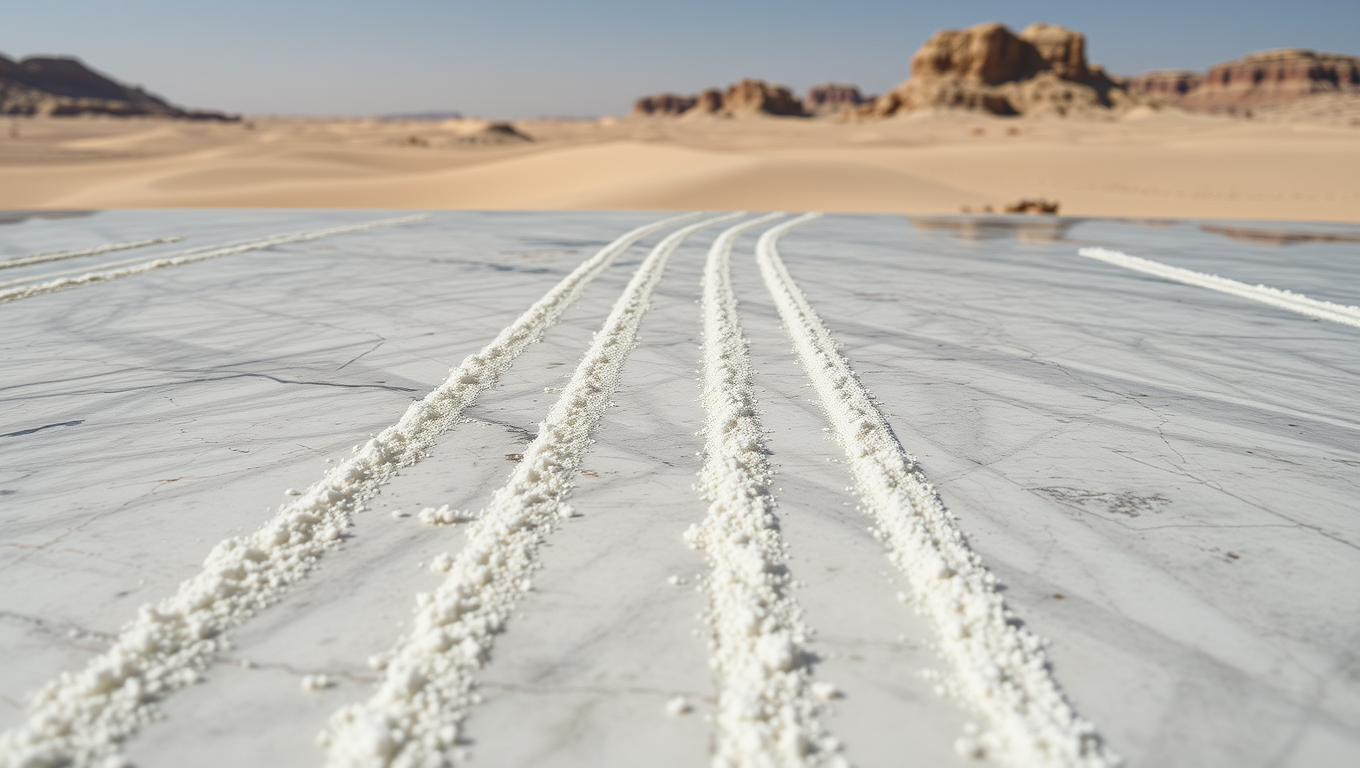While we try to keep things accurate, this content is part of an ongoing experiment and may not always be reliable.
Please double-check important details — we’re not responsible for how the information is used.
Desert
“The Shifting Sands: Uncovering the Lush Past of the World’s Largest Desert”
The vast desert of the Arabian Peninsula was not always an arid landscape. A recent study reveals that this region was once home to a vast lake and river system. These favorable conditions fostered grasslands and savannahs, enabling human migration — until drought returned, forcing populations to move. This research highlights the impact of climate cycles on landscapes and human societies.

Atmosphere
Biofilms Hold Key to Stopping Microplastic Build-up in Rivers and Oceans
Where do microplastics really go after entering the environment? MIT researchers discovered that sticky biofilms naturally produced by bacteria play a surprising role in preventing microplastics from accumulating in riverbeds. Instead of trapping the particles, these biofilms actually keep them loose and exposed, making them easier for flowing water to carry away. This insight could help target cleanup efforts more effectively and identify hidden pollution hotspots.
Acid Rain
The Hidden Impact of Anoxic Pockets on Sandy Shores
Some microbes living on sand grains use up all the oxygen around them. Their neighbors, left without oxygen, make the best of it: They use nitrate in the surrounding water for denitrification — a process hardly possible when oxygen is present. This denitrification in sandy sediments in well-oxygenated waters can substantially contribute to nitrogen loss in the oceans.
Biotechnology
Mysterious Microorganisms Shape Marble and Limestone with Tiny Tubes
In the desert areas of Namibia, Oman, and Saudi Arabia, research work has revealed unusual structures that are probably due to the activity of an unknown microbiological life form. Unusually small burrows, i.e., tiny tubes that run through the rock in a parallel arrangement from top to bottom, were discovered in marble and limestone of these desert regions.
-

 Detectors9 months ago
Detectors9 months agoA New Horizon for Vision: How Gold Nanoparticles May Restore People’s Sight
-

 Earth & Climate10 months ago
Earth & Climate10 months agoRetiring Abroad Can Be Lonely Business
-

 Cancer10 months ago
Cancer10 months agoRevolutionizing Quantum Communication: Direct Connections Between Multiple Processors
-

 Albert Einstein10 months ago
Albert Einstein10 months agoHarnessing Water Waves: A Breakthrough in Controlling Floating Objects
-

 Chemistry10 months ago
Chemistry10 months ago“Unveiling Hidden Patterns: A New Twist on Interference Phenomena”
-

 Earth & Climate10 months ago
Earth & Climate10 months agoHousehold Electricity Three Times More Expensive Than Upcoming ‘Eco-Friendly’ Aviation E-Fuels, Study Reveals
-

 Agriculture and Food10 months ago
Agriculture and Food10 months ago“A Sustainable Solution: Researchers Create Hybrid Cheese with 25% Pea Protein”
-

 Diseases and Conditions10 months ago
Diseases and Conditions10 months agoReducing Falls Among Elderly Women with Polypharmacy through Exercise Intervention





























